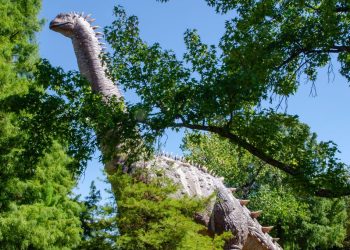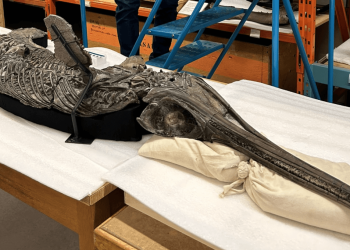When we look at world maps, landmasses appear well distributed. Sure, there’s more water than land, but it’s all spread out. Well, not really. If you take a globe and turn it toward the Pacific Ocean, you can tilt it so that the only thing you can see is water. On the other side, you can see many lands if you focus on Africa, Europe and Asia. So the question is: why do all the continents come together?
The rest of this article is behind a paywall. Please log in or subscribe to access the full content.
We can attribute everything to Pangea, and mainly to the cycle of supercontinents. If we have to be nitpicky, the continents are still expanding. The Atlantic Ocean is growing and pushing the Americas away from Europe and Africa. Yet they have not spread more equitably throughout the world, and they may never do so.
Every 300 to 500 million years, most continents eventually form a supercontinent, a large region made up of multiple tectonic plates above sea level. You must have at least 75% of all landmasses on your supercontinent for it to qualify. Although Europe, Asia and Africa are attached to each other, they cover only 57% of the Earth’s total land area.
Pangea is the last supercontinent to exist, and it existed between 336 million years ago and 175 million years ago. We are still dealing with the breakup of Pangea. And most famously, we can see how closely the coasts of South America and Africa fit together.
Before Pangea, there was Gondwana (not always recognized as a supercontinent) and many others whose names are not as popular with the public. The moral is that continental drift forces move continents across the Earth’s surface. Over hundreds of millions of years, continents pushed together to form supercontinents, which then broke apart as easily as they formed.
So over the next tens of millions of years, things will become less complicated, with Eurasia moving east and the Americas west. Then things could get comfortable again, with a future supercontinent beginning to form.
In the meantime, it is possible to see the Earth as a big blue marble, with few continental masses: you just need to be in orbit above the South Pacific, an ocean so large that it has its own antipodes. There, the pale blue dot is actually a deep blue sphere.









